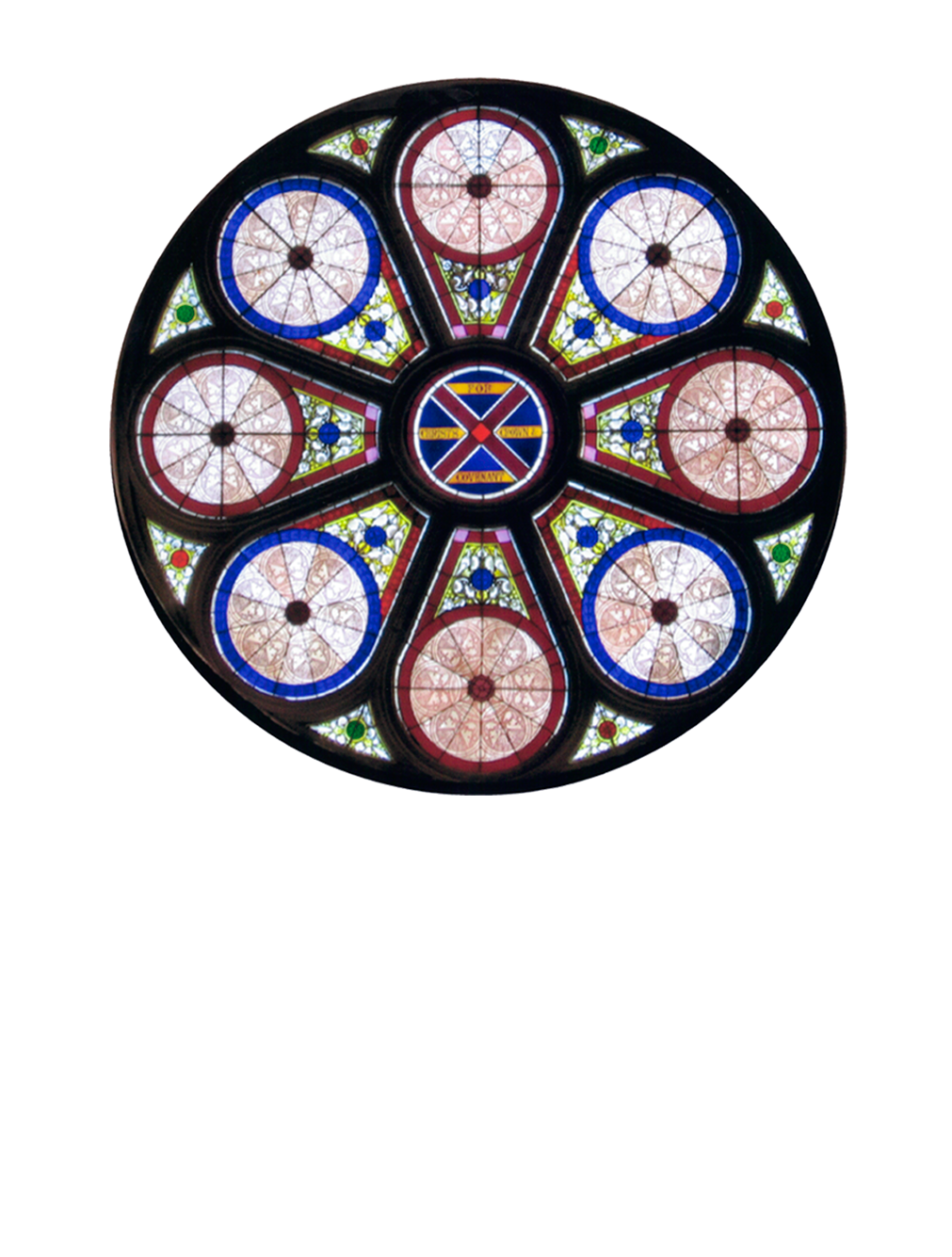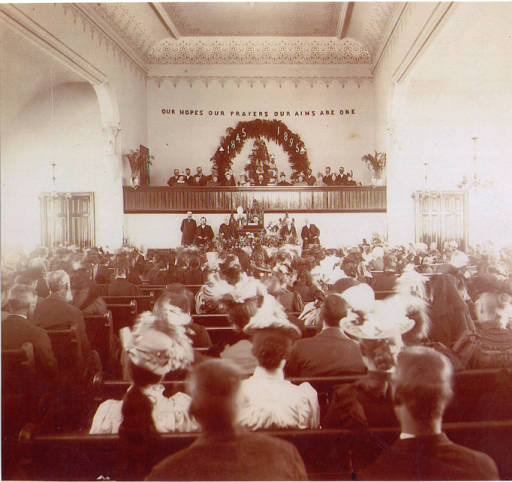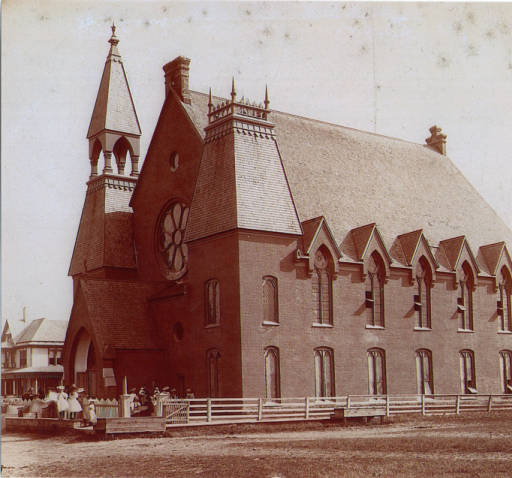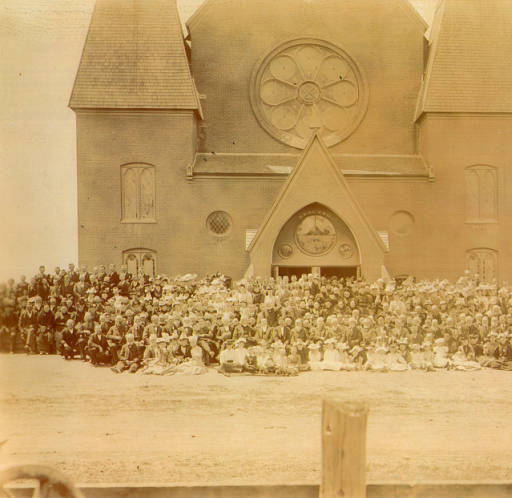Our History
The Willow Creek Presbyterian Church is of Scottish ethnic origin. The settlers who founded the church came from South End (South of Campbletown) on the Kintyre peninsula of Argylshire, Scotland.
The first settler was John Greenlee who literally left his home by the back door while the sheriff was pounding on the front door, trying to collect taxes John Greenlee could not pay. He left Scotland by rowboat to Ireland where he found passage to the United States. He arrived in 1836 and immediately encouraged his old neighbors to join him here.
By 1841 there were 17 families in the community. Until a log building was erected in 1842, the community regularly worshiped in the homes of John Greenlee or Andrew Giffen. The church formally was organized in December 1844, and the first Sacrament of Communion was served on January 13, 1845. In 1849, a brick building replaced the log church. In 1858, a frame addition was added. In 1877, the present building was built at a cost of $12,593.
In the early days, musical instruments were kept out of the church. Hymns were sung under the leadership of a precentor who set the pitch and “lined out” the hymn. Today, the church has a rich musical tradition.
Also in the early days, the Lord’s Supper was a closely guarded ritual. Before partaking, one had to meet with the Session; if found qualified, one was given a token to exchange for the elements.
Originally, the church was financed by pew rents. Early in the 1900’s, the Presbytery insisted on a change to pledges. Still there was a resistance to receiving an offering for the worldly matter of supporting the church, so for many years one received only four envelopes which were hand delivered to the treasurer. The only offerings were for special mission purposes and were received in velvet bags on the end of poles. This congregation’s offering sticks are now in the Midway Village Museum church.
Times have changed. The members of Scottish descent are outnumbered by people whose roots are elsewhere. As Willow Creek’s surrounding community grows, we look back fondly on our rich heritage and tradition. We also take pride in embracing our expanding diversity and modern practices which will bring our small nineteenth century church into the twenty-first century.




